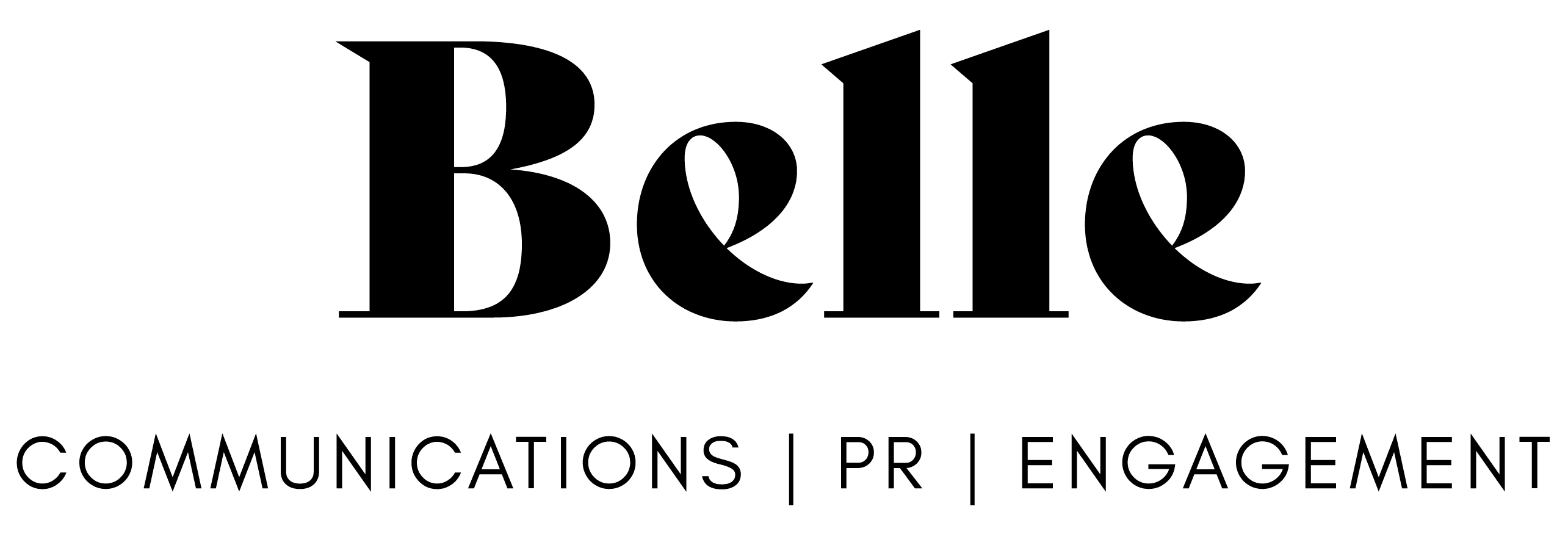We’ve recently been learning about cognitive biases and how they apply to public relations, marketing and communications.
Understanding how we as humans relate to information and each other is fascinating – and super useful when creating marketing and communications messaging.
Can psychology help with business?
The world is saturated with information and distractions, and our brains default to biases to make it easier to interpret the information that is relevant to us. People want messaging presented in a way that is easy for them to digest.
Learning about some natural biases we all have and how to mitigate them can make a big difference in how we present our products, services, and brands to our audiences which leads to a better experience for potential customers, and that leaves them thinking about your brand in a positive light. That’s a tick for reputation building.
Understanding cognitive biases could be a secret weapon. Let’s take a look at four biases that can make a big difference in your messaging:
1. The ambiguity effect
This bias kicks in when people prefer known risks over unknown ones. In simpler terms, we’d rather stick with what we know than dive into something uncertain.
So, how does this play out in a business context?
Let’s say your company is launching a new product, but you include a ton of technical jargon in your promotional material. If your audience doesn’t fully understand what you’re selling, they might shy away from it entirely, even if it’s super beneficial.
Instead, clarity is key! Focus on familiar terms and relatable examples and keep your message straightforward to reduce ambiguity. When your audience understands exactly what’s in it for them, they’re more likely to engage.
Whether you’re pro or anti-vaccination, the reality is that the way in which the Covid-19 vaccine was rolled out was an example of authority bias with daily stand-ups and figures delivered to Kiwis at 1pm each day.
Another example of a Kiwi company that understands this bias very well is Spark. When they rolled out their 5G network, they knew that going too technical would be problematic, so instead they kept their messaging simple. The tagline ‘The future is here’ combined with visuals of dynamic technology in everyday life encouraged kiwis to imagine what their life would be like with improved technology and to engage with the campaign. They didn’t have to explain what 5G was to get results - in fact, that would have been detrimental to their campaign.
2. Authority bias
We tend to trust and follow the opinions of perceived experts or authoritative figures - as consumers (because we all are) this will make you think really hard about past purchasing decisions you've made. In business, we can use this bias to help build credibility around our products and services.
Imagine you’re working on a campaign for a health product. If you have a renowned nutritionist endorsing your product, people are more likely to give it a shot, right? In practice, you could create video content featuring that nutritionist talking about the benefits of your product. This lends credibility to your message and helps your audience feel secure in their choice.
People love to lean on authority figures for guidance, so partnering with experts can seriously enhance your communications strategy.
Don't worry, there are very defined guidelines set out by the Advertising Standards Authority (ASA) in New Zealand for advocacy advertising to ensure that there is transparency around the promotion of products or services when using experts. Evidence (academic studies, expert opinion) in support of factual information must be appropriate and robust and must be readily available and obtainable.
So businesses can't use experts to make false claims in their advertising!
3. The framing effect
This bias highlights how the presentation of information can influence decisions. The same message, delivered differently, can lead to vastly different interpretations.
Think about the automotive industry. When launching a new electric vehicle (EV), a car manufacturer might highlight that “this car saves you $4,000 on petrol annually,” rather than saying, “While the initial price is higher, it could save you money over time.” The first framing emphasises immediate savings, creating an attractive picture for potential buyers. The same fact presented differently can elicit a very different responses from an audience.
At Belle, we often think about this bias when writing stories and pitches for our clients for the media in terms of how we can position the information in the most newsworthy light.
4. Expectation bias
This bias demonstrates how we come to anticipate certain outcomes based on prior expectations. In marketing and communications, this means creating an environment where your audience is primed to expect something remarkable.
Imagine you’re launching a new mobile app. Instead of listing features, you can create anticipation by providing sneak peeks, sharing user testimonials, and crafting a compelling story around the app’s benefits leading up to the launch day. By setting high expectations, your audience will approach the release with enthusiasm, increasing the rate of app adoption.
This strategy builds anticipation, leading customers to eagerly await the product and affecting their perception and readiness to purchase the device.
This is just the tip of the iceberg
There are more than 175 cognitive biases, and while we're not suggesting you head back and do a psychology degree to be able to implement them into your businesses, adding a handful to your toolbox to use in your strategy and messaging - and in your life - can only improve the connection you have with your audiences and your results.
And we can all benefit from being more self-aware of how we present and interpret information from the world around us.
Because we are lifelong learners, we're going to bring a part 2 on this topic soon!
Our references:
https://thedecisionlab.com/
https://positivepsychology.com/cognitive-biases/
https://www.psychologytoday.com/nz/basics/bias
https://www.asa.co.nz/codes/codes/advertising-standards-code/

